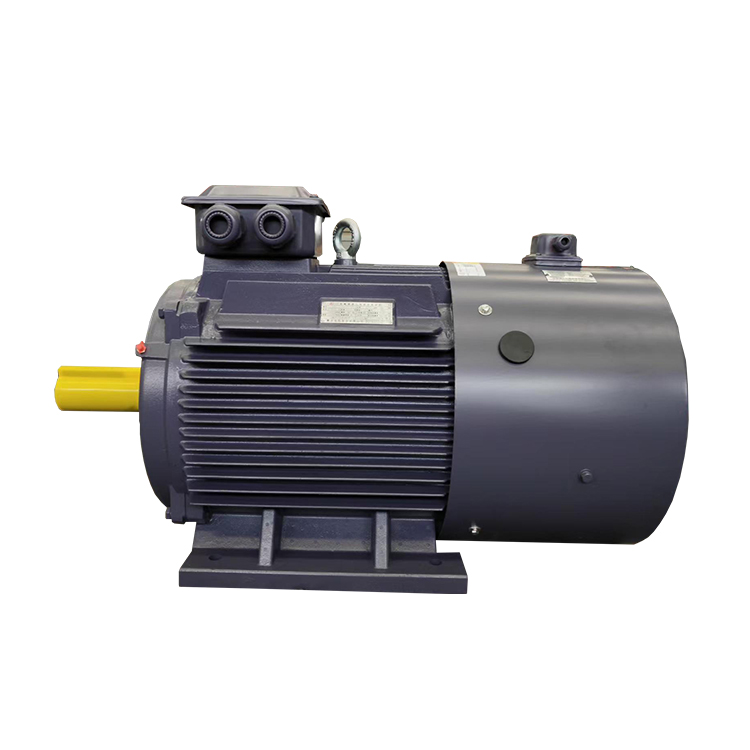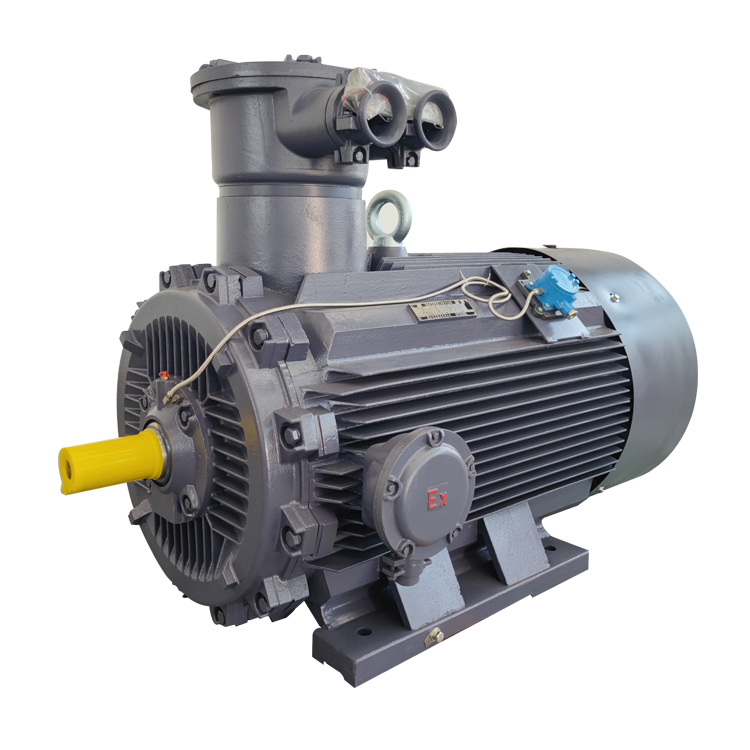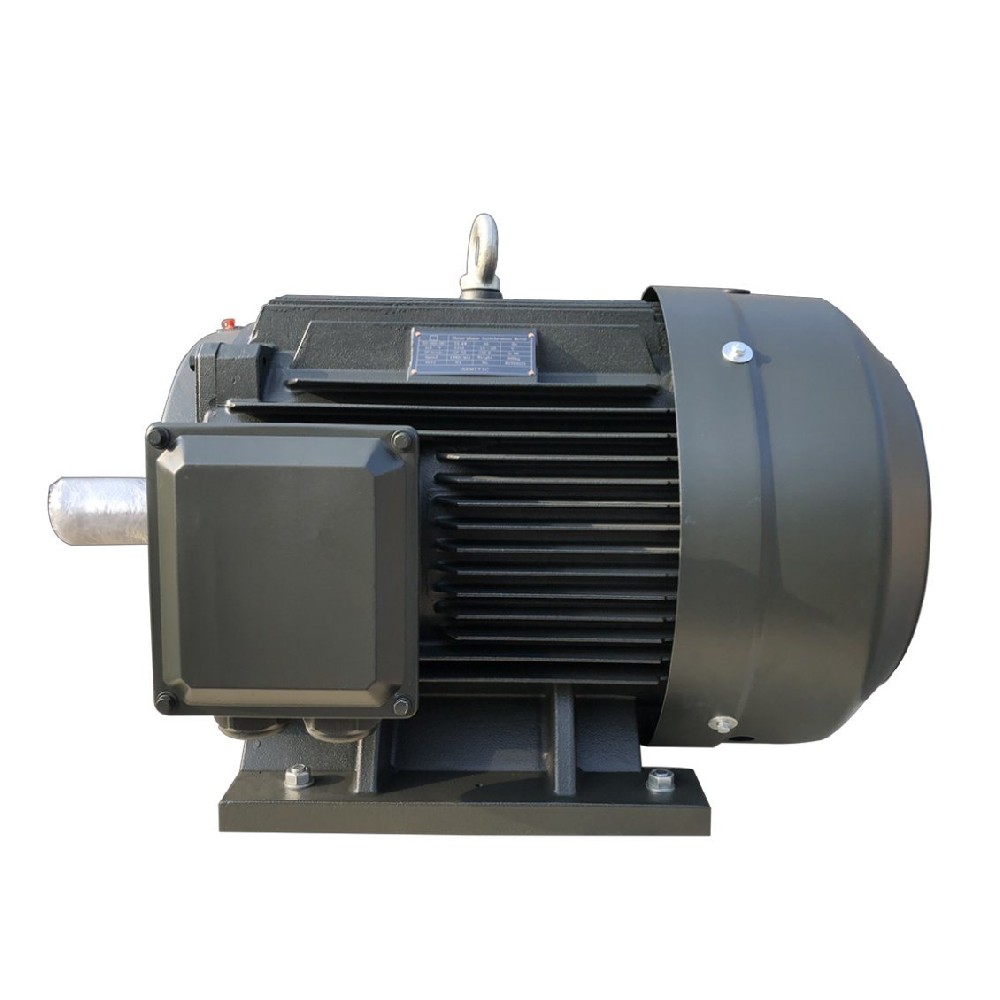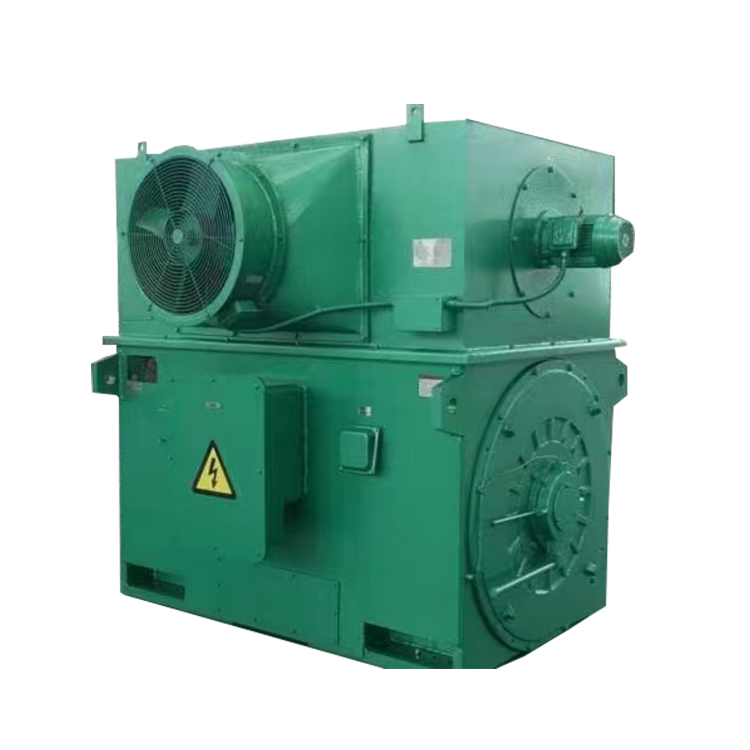News
New Products
How to Assess the Quality of a Three Phase Induction Motor?
2023/07/25
A three phase induction motor is a crucial component in various industrial and commercial applications. Whether you are procuring a new motor or evaluating an existing one, assessing its quality is essential to ensure optimal performance, reliability, and energy efficiency. In this article, we will delve into the key aspects to consider when evaluating the quality of a three-phase induction motor.
1. Exterior Quality
1.1 Enclosure and Structure
The exterior quality of a motor provides initial insights into its overall construction and durability. A high-quality motor should feature a sturdy enclosure made of robust materials, such as cast iron or aluminum, that protect the internal components from environmental factors, such as dust, moisture, and vibrations. Carefully examine the enclosure for any signs of damage, such as cracks or deformations, as these can compromise the motor's performance and longevity.
1.2 Finishing and Coating
Inspect the finishing and coating of the motor's exterior surface. A well-finished motor demonstrates attention to detail and quality manufacturing processes. Look for a uniform and smooth surface finish, free from blemishes, rough edges, or excessive paint drips. A high-quality motor will often have a protective coating that enhances resistance to corrosion and prolongs its operational life.
1.3 Terminal Box and Cable Entry
Examine the terminal box, which houses the motor's electrical connections. The box should be securely mounted and properly sealed to prevent the ingress of moisture and contaminants. Check the cable entry points for grommets or fittings that provide strain relief and ensure a tight seal. A quality motor will have clearly labeled terminals and well-organized wiring, facilitating easy installation and maintenance.
2. Insulation Performance
2.1 Insulation Materials
The insulation system of a motor is crucial for electrical safety and reliability. Insulation materials, such as varnishes, resins, and tapes, should have excellent dielectric properties and thermal resistance. High-quality motors employ insulation materials that meet or exceed industry standards, such as Class F or Class H insulation, ensuring sufficient electrical insulation and prolonged insulation life.
2.2 Insulation Resistance and Polarization Index
Measure the insulation resistance and polarization index (PI) of the motor using appropriate test equipment, such as a megohmmeter. Insulation resistance testing assesses the quality of insulation by measuring the resistance between the motor windings and the motor frame. A higher insulation resistance value indicates better insulation condition. Additionally, the PI test evaluates the insulation's ability to withstand prolonged voltage exposure. Both tests help determine if the motor's insulation system is free from defects, moisture ingress, or aging issues.
2.3 Surge Testing
Consider performing surge testing to evaluate the motor's insulation strength against voltage spikes and transients. Surge testing involves applying short-duration high voltage pulses to the motor windings and observing the response. This test can detect insulation weaknesses, such as coil-to-coil or phase-to-phase insulation breakdown, that may not be apparent in other insulation tests. Surge testing is particularly important for motors operating in demanding environments or subjected to voltage surges, such as those caused by variable frequency drives.
3. Efficiency and Power Factor
3.1 Efficiency Standards and Ratings
Efficiency is a key parameter that determines the motor's energy consumption and operating cost. Look for motors that adhere to recognized efficiency standards, such as the International Electrotechnical Commission (IEC) or National Electrical Manufacturers Association (NEMA) standards. These standards define efficiency classes, such as IE2, IE3, or IE4 for IEC, and NEMA Premium for NEMA, indicating different levels of energy efficiency. Higher efficiency motors convert a greater portion of electrical input power into useful mechanical output power, resulting in lower energy losses and reduced operating expenses.
3.2 Power Factor
The power factor of a motor measures its ability to utilize active power efficiently. A motor with a high power factor minimizes reactive power consumption, resulting in improved energy utilization. Quality motors are designed and optimized to have high power factors, reducing reactive power demand and associated losses in the electrical distribution system.
3.3 Load Profile Efficiency
Consider the motor's efficiency across various load levels. While motors often operate at full load conditions, they can spend a significant amount of time operating at partial loads. Look for motors that maintain high efficiency even at reduced loads, as this can lead to significant energy savings during normal operating conditions.
4. Smooth Operation and Noise
4.1 Vibration Analysis
Vibrations in a motor can indicate mechanical issues, such as unbalanced rotors, misalignment, or bearing defects. Assess the motor's vibration levels using vibration analysis techniques and equipment, such as accelerometers and spectrum analyzers. Excessive vibration can accelerate wear and lead to premature failure. High-quality motors are engineered for smooth operation, exhibiting low vibration levels and reduced mechanical stress on the motor and its driven equipment.
4.2 Noise Level Analysis
Measure the noise generated by the motor during operation using sound level meters or decibel meters. Excessive noise can be a nuisance, impact worker comfort, and indicate underlying issues in the motor, such as loose components, unbalanced rotors, or inadequate damping. Quality motors undergo meticulous manufacturing processes, including precision balancing of rotating parts, resulting in quieter operation and a more pleasant working environment.
5. Maintenance and Service Support
5.1 Maintenance Recommendations
Review the manufacturer's maintenance recommendations and guidelines for the motor. A high-quality motor typically requires minimal maintenance, reducing downtime and associated costs. Look for motors with features like sealed bearings, self-lubricating systems, and easily accessible service points, as these can simplify maintenance tasks and prolong the motor's operational life.
5.2 Manufacturer Support and Warranty
Consider the level of support provided by the motor manufacturer. Reliable manufacturers offer comprehensive technical support, readily available spare parts, and responsive customer service. A quality motor will often come with a warranty that covers manufacturing defects and provides assurance of the manufacturer's confidence in their product. Ensure you choose a motor from a reputable manufacturer known for their commitment to quality and customer satisfaction.
Assessing the quality of a three-phase induction motor requires a comprehensive evaluation of various factors. By examining the motor's exterior quality, insulation performance, efficiency and power factor, smooth operation and noise characteristics, as well as considering maintenance requirements and manufacturer support, you can make an informed decision when selecting a motor that meets your specific needs. Remember, investing in a high-quality motor will result in improved reliability, energy efficiency, and long-term performance.





